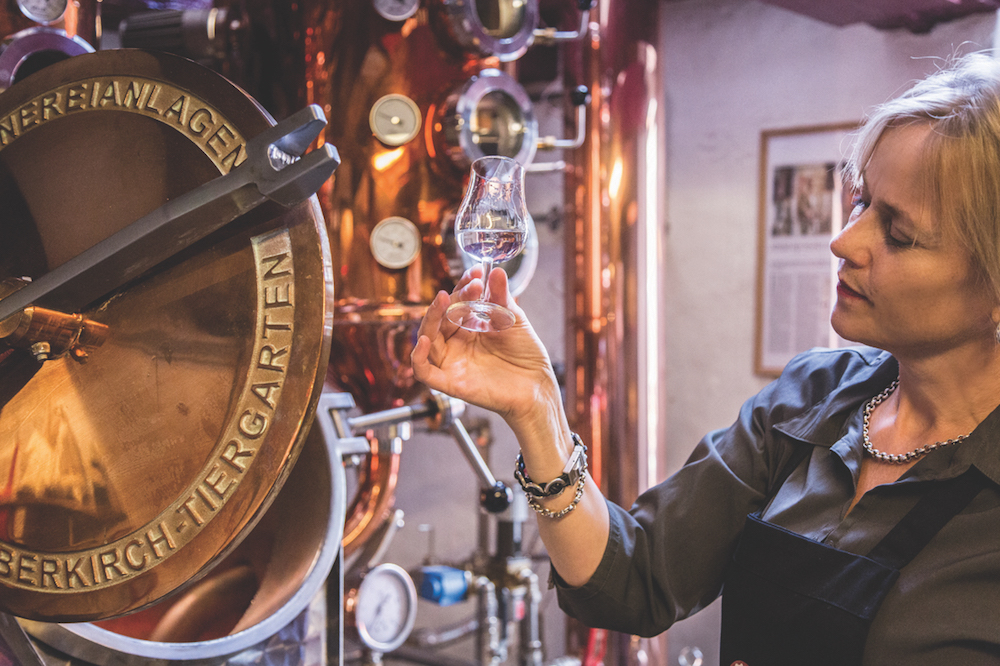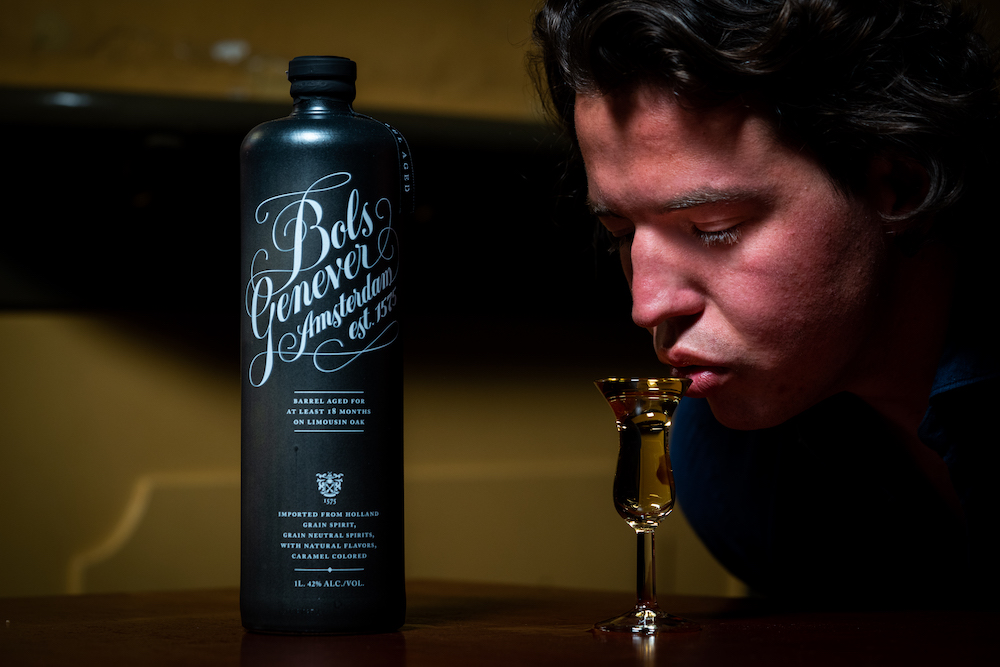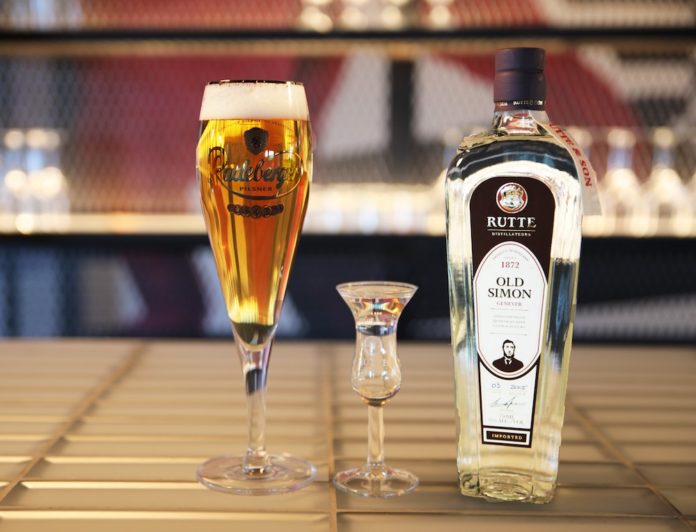Genever is not Dutch gin. That is a common misconception about this distilled spirit, which boasts a wide variety of styles, and a long, influential history.
In terms of flavor, all Genevers have a malt backbone. By requirement, every blend of the spirit includes a percentage of malt spirit. Wheat, rye and corn are frequently used.
Otherwise, flavors differ widely. A certain amount of sugar flavoring is allowed. Genevers can taste neutral like vodka, or more like gin — herbaceous — if heavier amounts of botanicals (including juniper) go into the recipe.
History
It’s because of the botanicals that some people think of this category as Dutch gin. And these people are not wildly wrong, considering the history. Genever first appeared in the Netherlands around the 15th or 16th century. The Dutch-Portuguese War in the 1660s gave the English a taste for the spirit. Trying to mimic the style, English distillers removed the malt and added in far more juniper, resulting in gin. Thus Genever is the forerunner of gin, though technically different in a meaningful way.
Genever still contains amounts of botanicals, but places far more emphasis on the malt. This reflects how the spirit has been made for centuries.
“Genever has the graininess of whiskey,” explains Myriam Hendrickx, master distiller for Rutte Distillery in Dordrecht, Netherlands. “The category is broader than any other category. It can be neutral to very herby and spicy.”
Also like whiskey, some Genever ages in a range of barrels (although aging is not required). At Rutte these barrels include ex-bourbon casks, along with sherry and wine.
Unlike whiskey, Genever production technically cannot happen anywhere. The category has an official PGI (Protected Geographic Origin), with 11 appellations. Mostly these are in the Netherlands and Belgium, and some parts of France and Germany.

Young Vs. Old
This diverse category breaks down into two primary styles: Old (oude) and Young (jonge). These names may seem misleading to some, as the terms do not refer to time spent aging, but the different production techniques.
Old Genever, the classic style, must contain at least 15% malt spirit, but no more than 20 grams of sugar per liter. Young can have no more than 15% malt spirit, and 10 grams of sugar per liter.
As you might imagine, Old Genever exhibits more malt, and is the style more commonly aged in barrels. Young Genever tends towards neutral or gin-like herby flavors. This style came about in the 1800s following the invention of the column still.
How to Drink Genever
Like any spirit, you can drink Genever straight. Neat, it’s served in a tulip-shaped glass, up to the rim. Either at room temperature, or chilled. One traditional way of consuming Genever is kopstootje., loosely translated to “headbutt,” which means serving the spirit with a beer chaser.
Why headbutt? As explained by Piet van Leijenhorst, master distiller at Lucas Bols, the bar countertops in Holland are set low. A patron sipping Genever neat from a filled-up tulip glass must bow their head near the countertop, rather than risk spilling by lifting the cocktail. Knowing this, bartenders place the tall beer chaser behind the little genever. A bowing customer’s forehead will connect with the beer glass. Hence, the headbutt.
For beer pairing recommendations, Van Leijenhorst recommends a standard lager, wheat beer, or IPA alongside the smoother, herbier young styles. With a malty Old Genever, Van Leijenhorst reaches for darker beers like porters, märzen and brown ales that also emphasize malt.

Genever has a long history in cocktails. The spirit found its way into American bars in the 1800s, says Hendrickx of Rutte, becoming a staple in pre-Prohibition drinks.
Today the spirit has a place among the ever-evolving world of modern mixology. Van Leijenhorst suggests it as a replacement for vodka or gin. “Genever can give cocktails something extra,” he says, “more depth and complexity.”
Hendrickx concurs. “People into spirits and mixology will love that this has the graininess and botanicals,” she says. “You can mix it simply with ginger ale or lemonade.”
Here’s another easy cocktail: two parts elderflower liqueur, one part Genever, with an ice cube.
At the end of the day, as with any spirit, barteners and consumers will best learn about Genever, and enjoy it, on their own terms.
“You really just need to experiment around with it and find the best combinations,” Van Leijenhorst recommends.
Kyle Swartz is editor of Beverage Dynamics magazine. Reach him at kswartz@epgmediallc.com or on Twitter @kswartzz. Read his recent piece 7 American Whiskey Trends in 2020.





[…] View Original Article Source […]
Where can I buy it?